I.C.I.
Weber Bitter, Michael Blum, Una Henry, Krijn de Koning, Guillaume Leblon, Anne Marie van Splunter, Erik Odijk, Peter StelW139 has always been committed to the production of new work conceived specially for the space - and this is the concept behind I.C.I. W139 sought artists who excel in site-specific work, and who generate the energy and flexibility this requires.
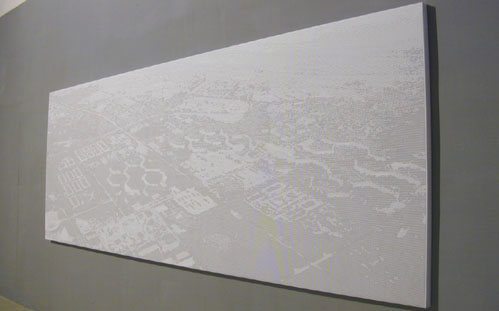


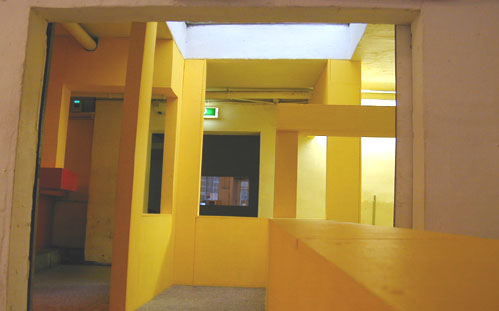
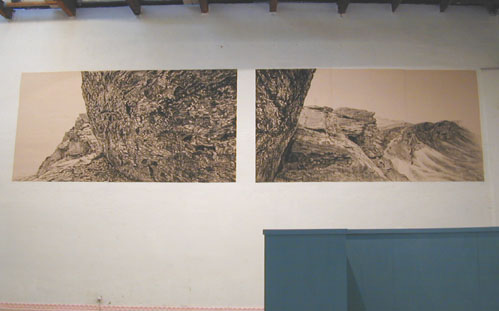

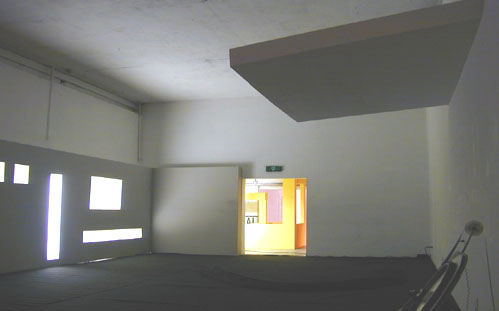
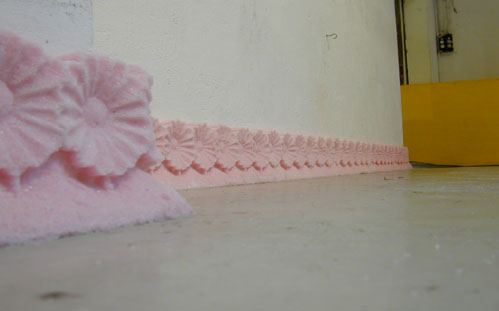
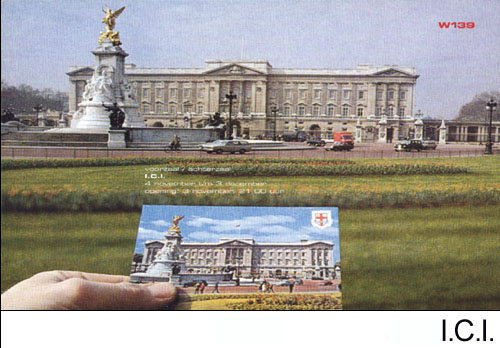
For I.C.I. - HERE, nine actual integrations have been created in the spaces of W139, which is no easy task. The integrations focused on the proportions, relationships and meanings of the architecture typical of Warmoesstraat 139.
The artists have one thing in common - the strong 'in-situ' character of their work and approach. The starting points, themes and intentions of the works, however, differ widely. Where one tells a pure story about architecture and placement, the other leads the viewer via the Warmoesstraat to the other side of the world.
In the front space, Guillaume Leblon (F) has made several rigorous interventions in the space. A previously closed wall now displays a steamy window and a 16mm film takes us through the decaying Villa Cavroix district designed by the architect Rob Mallet-Stevens - an unknown, decadent jewel from the early twentieth century now sadly almost destroyed. An amalgam of false walls including temporary central heating installation, rusty ceilings, and lumpy floors take us into the space - all independent works that together tell one story - the tale of (the beauty of) decay, a journey through interiors, and nostalgia that is at the same time an indictment. Further, near the bar area, we come across a piece by Krijn de Koning that seems to be trying to burst the walls of the small space, forcing the public to find a way over, under and through the installation. The work shows us all the angles of the space, battling the grimy tints of this Kulturbierkeller. Finally, the installation leads us into the rear space. At first sight, it is a sort of mini-metropolis of walls and angles - a16cm-high plinth of pink sugar flowers has transformed the entire space. The rear space's every contour are seamed in this pretty, brittle confection. Anne Marie van Splunter calls her work 'Border', referring both to boundaries and flowery edges. The installation fences the exhibition off and seems to lift up the works with virtual light. Erik Odijk has created a 2-part monumental charcoal drawing on the large wall, each section 3 by 4.5 metres. In contrast to many of Odijk's previous drawings of trees, this shows a glimpse of a savage, drab, empty mountain landscape above the tree line in Sierra Nevada. The title 'Balcón' refers to panoramas in the mountain regions. On the other hand, the viewer can just as well imagine that he or she is looking into the space from an enormous, windy height. On the last day of the exhibition, Odijk will present a book of images of earlier wall drawings (Finissage, Sunday 3 December,4 -7 p.m.)
Underneath the drawing, Una Henry (Ireland) has installed a video work. Stumbling through a corridor, viewers discover a door - on its underside, on a long, low strip, a pair of feet and a handbag are projected, fidgeting. The video was shot during the installation weeks in W139. The tape, entitled 'Space Between Us' is a 3-minute loop - the standard length of a song. And that's part of the installation, too. The Viennese artist-duo Sabine Bitter and Helmut Weber present a canvas print that's image alters as the viewer moves further away. Countless lines of text create a roughly pixellated image - 'image.source'. The texts that together form the image of an air photo of the Amsterdam district De Bijlmer include quotes from Rem Koolhaas, Saskia Sassen, Mike Davis and Walter Gropius.
In the middle of the room is Michael Blum's total installation comprising 2 video projections, slides, a reading table and an LCD news trailer. Called 'Homo Economicus', the installation is in a module that traverses the entire space. It is the result of a long-running project in which Blum dissects the motives and strategies of the real power in our society - economics. His contribution also includes a publication, produced partly with the support of W139, by the same title (distributed by de Balie, Amsterdam).
The rear space is, coming from a ceiling- window, almost entirelyovershadowed or, better said, lit up, by a work by Peter Stel. 'Static Flux' is a monumental, hanging shape that closes the window off like a sunscreen. It refers to a classical awning. Stel makes a rudimentary intervention, his silver installation gives the whole space a semblance of 'makeability' and change. As if we could shift and fold the walls. I.C.I. is here. It could equally be called International Contemporary Integrations - but it's here now - an Establishing Shot in W139.